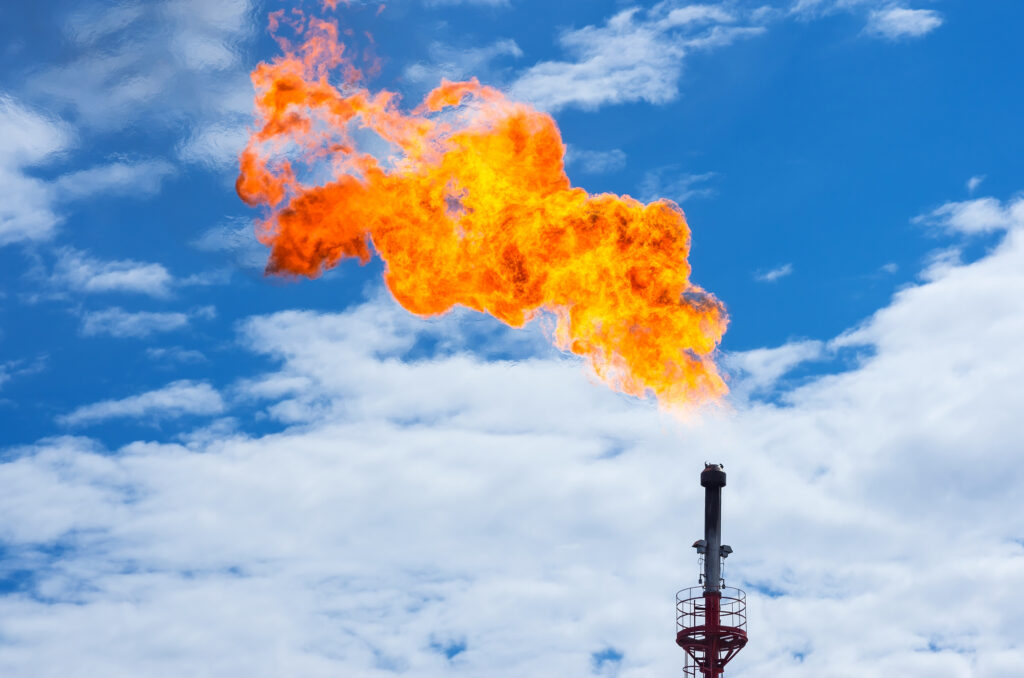(World Oil)– The methane intensity of oil and gas production in the Permian basin—an area responsible for half of U.S. oil production and one fifth of natural gas—declined by more than 50% during the 2022-2024 period as improved operations, better equipment and the utilization of AI and other advanced technologies led to reductions across all observable plume rates (large and small), according to a new analysis by S&P Global Commodity Insights.

The latest data for the year 2024 show the methane emissions intensity of upstream oil and gas operations in the region to be 0.44% per barrel of oil equivalent—a 29% reduction from the previous year.
Absolute annual 2024 methane emissions decreased by 21.3 billion cubic feet (bcf), a 22% decline from the previous year. Given that methane is a potent greenhouse gas, the reduction was equivalent to 11.1 million tons of carbon dioxide emissions avoided (100-year equivalency factor of 28*).
Since the end of 2022, absolute emissions have declined by 55.2 bcf, equivalent to 28.8 MMT of carbon dioxide emissions avoided.
To put the numbers into perspective, the 28.8 MMt CO2e reduction in absolute methane emissions over a two-year period was:
Roughly equivalent to emissions from the nation of Lithuania
15% greater than the emissions avoided by all electric vehicles sold in the United States and the European Union
50% greater than the total emissions reductions in the UK power sector
Equal to 2.2 billion trash bags recycled instead of landfilled
Greater than the greenhouse gas emissions from cooling and heating all the homes in California
The findings of the latest analysis for Permian upstream methane, produced in partnership with leading methane management firm Insight M, are based on high frequency observation data that include more than 500 high-resolution aerial surveys covering 90% of the basin’s production to provide the most accurate, basin-wide estimate of methane emissions.
“Access to reliable methane data is crucial to provide critical context to benchmark and allow companies to differentiate themselves and truly compete on carbon,” said Kevin Birn, Head of the Center for Emissions Excellence, S&P Global Commodity Insights. “Whereas data quality still varies globally, improvements in access to reliable observation data in places like the Permian are leading the way and allow us to more credibly measure the impact of emissions mitigation efforts.”
The overflight data to which S&P Global Commodity Insights has access showed reductions across all observable plume rates, from large (1000+kg per hour) to small (10kg per hour) emissions.
The continued emissions reductions occurred despite the relatively low commercial value of gas in the region, where the annual average price for those selling gas on the spot market was just $0.02 in 2024 due to oversupply and a lack of takeaway capacity. Consequently, the lost economic value (i.e. had the gas been captured and sold) from fugitive emissions equated to just 0.002% of total 2024 hydrocarbon revenues, the analysis reveals.
The analysis attributes the continued breadth and depth of the emissions decline to ongoing improvements in equipment as well as increasing deployment of new technologies—from AI-driven analysis of operational data to on-the-ground sensors, aircraft overflights and satellites—that make it possible to detect leaks with greater speed and accuracy.
“Methane emissions management is being increasingly normalized as part of field operations. It’s becoming a standard and accepted part of the field staff’s responsibilities,” said Raoul LeBlanc, Vice President, Global Upstream, S&P Global Commodity Insights. “At the same time, oilfield service manufacturers are now producing equipment that includes emissions reduction as an important feature, and operators are increasingly utilizing AI and machine learning to not only ‘find and fix’ but ‘predict and prevent’ emissions.”

